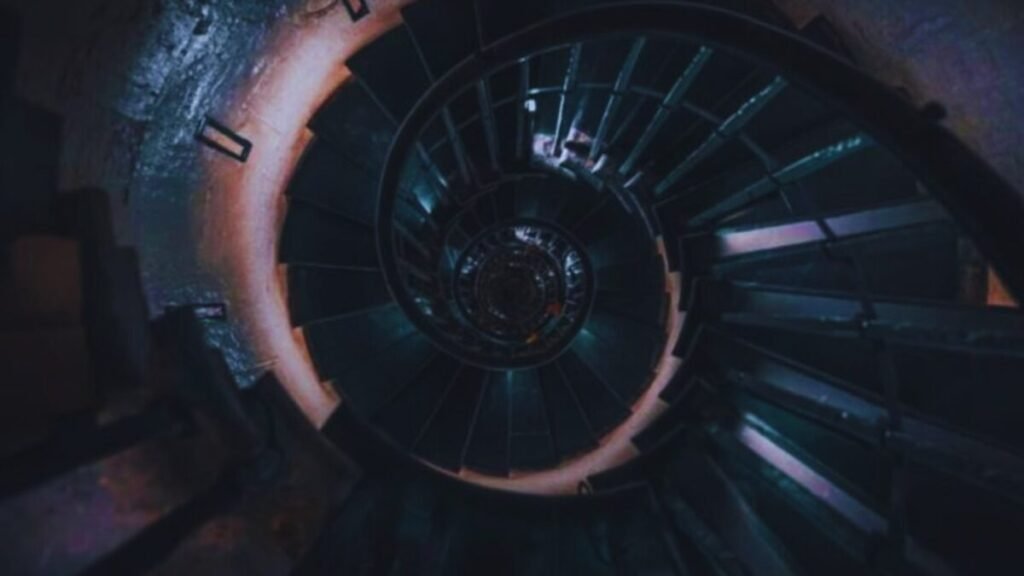The Number Longing to Unveil Beauty: Golden Ratio, Fibonacci, and the Quest for a Connection between Man and the Stars.

Throughout history, from classical Greece to modern laboratories, one number has captivated the minds of thinkers, artists, and mathematicians alike: 1.618, known as the golden ratio. This mystical number can be observed in ancient temples, Renaissance paintings, and even in the intricate patterns of a spiral galaxy. It appears to be ingrained in the very fabric of our bodies, as if we are a microcosm reflecting the grandeur of the universe.
Seeking Perfection: From Polyclitus to Da Vinci
2,500 years ago, Polyclitus sought to find perfect symmetry in the human form. Centuries later, Da Vinci illustrated a nude man enclosed within a circle and a square, demonstrating how anatomy could be translated into pure geometry. This concept transformed the human body into a reflection of natural order and mathematical harmony.
The Fascinating Fibonacci Sequence
What initially seemed like a mere mathematical game soon unveiled an astonishing revelation: by dividing each number in the sequence by its predecessor, the ratio approximated 1.618. Suddenly, beauty took on a tangible mathematical structure, a “secret formula” that appeared to recur in architecture, art, and biology.
In the Patterns of Nature: Shells, Smiles, and Galaxies
The golden ratio manifests itself in the spirals of seashells, the proportions of our fingers, and even the curvature of a smile. Some astrophysicists suggest that similar patterns can be discerned in the vibrations of stars or the configuration of certain galaxies. Is this mere coincidence? A fundamental natural law? Or simply a projection of our innate desire to impose order upon the chaotic universe that surrounds us?






